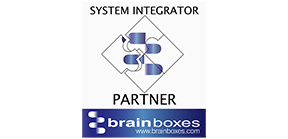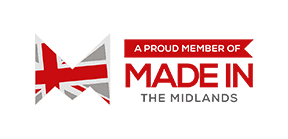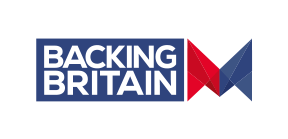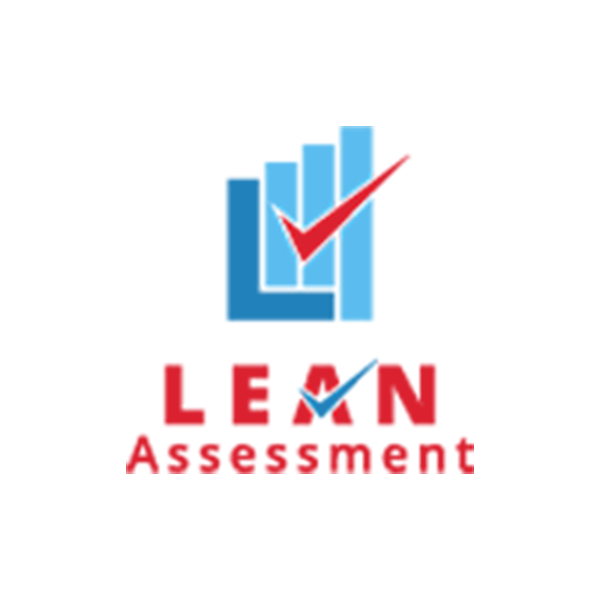Key Characteristics of a Lean Organisation
- By Brett Griffiths
- Lean Technology
- September 29 , 2023
- Share
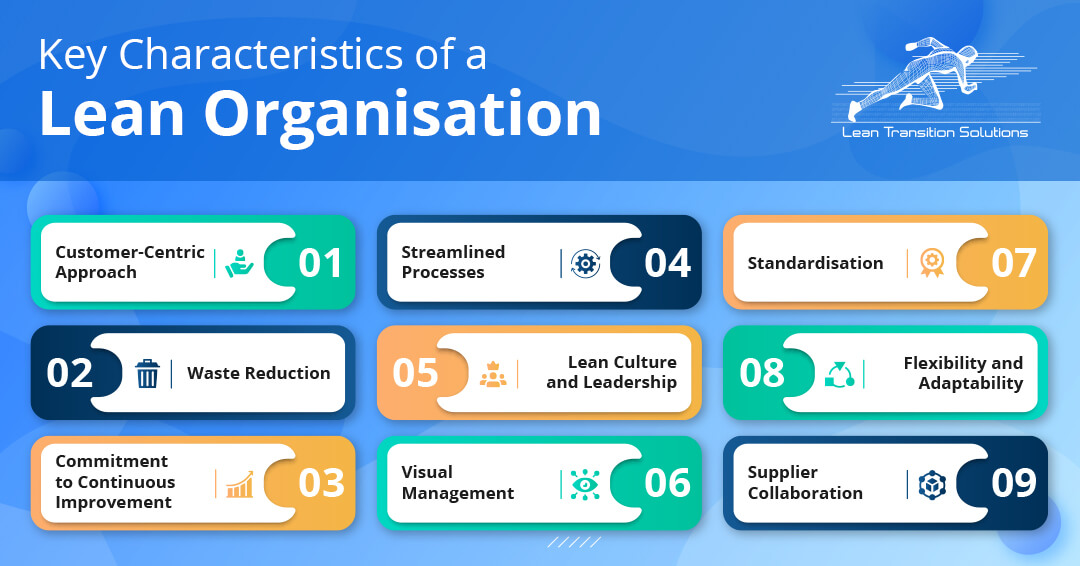
Businesses around the world are always looking for ways to improve efficiency, reduce waste, and provide higher-quality products and services to stay ahead of the competition. In order to achieve these goals, it's essential to understand the characteristics of a lean organisation.
Lean principles are the foundation of modern business strategy and are applied in various industries, including manufacturing. By streamlining production processes, businesses become more agile, responsive, and customer-centric. Let's probe into the characteristics of a lean organisation and understand how these principles enable companies to thrive in an ever-changing marketplace while fostering a culture of continuous improvement and innovation.
Defining Lean Organisations
A lean organisation, also known as a "lean enterprise" or "lean company," is a business model and management philosophy focusing on maximising efficiency, minimising waste, and continuously improving processes to deliver value to customers. Such organisations aim to optimise their operations, minimise unnecessary resources, and improve their ability to adapt to changing market demands, ultimately striving for excellence in all aspects of their business. Although lean principles and practices originated in manufacturing, particularly from the Toyota Production System (TPS), they have eventually been adopted across various industries and sectors.
Understanding Lean Organisational Structure
A lean organisational structure is a streamlined and efficient framework that minimises hierarchy, reduces bureaucracy, and focuses on essential roles and functions. This structure emphasises simplicity, agility, and cost-effectiveness by eliminating unnecessary layers of management and decision-making. It encourages direct communication, quicker decision-making, and empowers employees to take ownership of their work. Lean organisations often have cross-functional teams, flexible job roles, and a strong commitment to continuous improvement. This structure aligns with Lean principles, fostering a culture of efficiency, waste reduction, and customer-centricity.
Prominent Characteristics of Lean Organisation
- Customer Centric Approach: Lean Organisations are strongly committed to being customer-centric. It is a central principle that guides their actions and decisions. They prioritise understanding and meeting customer needs above all else. By continuously engaging with their customers and gathering feedback, lean organisations ensure that their products or services align with customer desires and expectations. The customer-centric approach fosters customer loyalty and drives innovation and competitiveness in the market.
- Waste Reduction: Waste reduction is at the core of lean principles. Lean organisations diligently seek out and eliminate waste in all its forms, including overproduction, excess inventory, defects, and waiting times. By doing so, they enhance efficiency and reduce costs. A waste-reduction mindset benefits the organisation and contributes to environmental sustainability by conserving resources and minimising the ecological footprint.
- Commitment to Continuous Improvement: Lean organisations have a determined commitment to continuous improvement, embodying the Kaizen philosophy. The constant improvement process involves employees in its never-ending journey. Employee engagement and empowerment are key drivers of continuous improvement, as frontline workers often have the best insights into process inefficiencies and innovative solutions. This collaborative approach fosters a culture of innovation and adaptation.
- Streamlined Processes: Lean organisations are masters at streamlining their processes. The lean journey maps and optimises their workflows to reduce cycle and lead times. Just-in-Time manufacturing is a key aspect of lean management, ensuring that production aligns precisely with customer demand, minimising inventory and waste.
- Lean Culture and Leadership: Lean culture and leadership are foundational to the success of a lean organisation. Leaders play a key role in adopting lean principles throughout the organisation. They prioritise employee engagement and empowerment, encouraging each team member to participate in continuous improvement efforts actively. A lean culture fosters a shared commitment to lean ideals, where all employees take ownership of their work, processes, and outcomes.
- Visual Management: Lean organisations utilise visual tools like Kanban and Andon systems to facilitate communication and monitor performance. These visual cues make it easy for employees to understand processes, identify bottlenecks, and respond promptly to issues. Visual management enhances transparency, accountability, and overall efficiency.
- Standardisation: Standardisation is a crucial aspect of lean operations. Lean organisations document their processes, ensuring that everyone follows standardised procedures. This consistency reduces errors, enhances quality, and streamlines operations. It also enables employees to identify deviations and areas for improvement easily.
- Flexibility and Adaptability: Lean organisations are efficient, flexible, and adaptable. They can quickly adjust their processes and resources to respond to changing customer demands or market conditions. This agility allows them to thrive in dynamic business environments.
- Supplier Collaboration: Lean organisations recognise the importance of strong supplier relationships. They collaborate closely with suppliers to ensure a smooth and efficient supply chain. This collaboration extends lean principles beyond their walls, creating a value stream encompassing their internal operations and external suppliers, resulting in further waste reduction and enhanced efficiency.
What differentiates a Lean Organisation from Traditional organisations?
Lean Organisations are distinguished from traditional ones by focusing on efficiency and adaptability. Unlike traditional organisations with hierarchical structures and siloed departments, lean organisations prioritise a flat and flexible organisational structure. They aim to reduce waste, empower employees, and continually improve through lean methodologies. By placing the customer at the centre of their operations, they prioritise value delivery and responsiveness to customer needs. In contrast, traditional organisations often suffer from bureaucratic inefficiencies, lack of agility, and top-down decision-making. By embracing lean principles, organisations can transform into more efficient entities capable of thriving in the dynamic and ever-changing business environment.
How do you implement a Lean journey in your organisation?
- Start by creating a clear vision and strategy for adopting lean principles.
- Engage leadership to ensure commitment and support throughout the process.
- Educate and train employees at all levels in lean concepts and techniques.
- Identify a pilot project or area where you can apply lean principles, then gradually expand lean practices across the organisation.
- Encourage a culture of continuous improvement and employee involvement, empowering teams to identify and eliminate waste.
- Implement lean tools and methodologies to streamline processes like value stream mapping and 5S.
- Establish Key Performance Indicators (KPIs) to measure progress and regularly review and refine your lean initiatives.
Measuring Lean Success in your organisation
A critical aspect of implementing lean principles in an organisation is the ability to measure its success and continually assess progress. The structured approach involves specific metrics and tracking methods. The essential components required for measuring lean success include:
Key Performance Indicators (KPIs)
Key Performance Indicators (KPIs) are essential metrics that provide insights into the performance and health of various aspects of a lean organisation. These metrics are carefully chosen to align with the organisation's strategic goals and objectives. KPIs can encompass many areas, including productivity, quality, customer satisfaction, inventory levels, lead times, and cost reduction. By regularly monitoring and analysing these KPIs, organisations can gauge their progress, identify areas that require improvement, and make data-driven decisions to optimise processes. A strategic performance management tool like the Balanced Scorecard (BSC) can easily analyse an organisation's internal and external perspectives to get better insights into organisational growth and sustainability.
Continuous Improvement Metrics
Continuous improvement metrics are a subset of KPIs specifically focused on assessing the effectiveness of lean initiatives and the organisation's commitment to Kaizen, or continuous improvement. These metrics often include measures related to the number and impact of improvement projects, employee engagement in improvement activities, and the overall rate of process enhancements. Tracking these metrics is vital for ensuring that the organisation remains dedicated to its lean culture and philosophy and quantifying the tangible benefits of continuous improvement efforts.
Real-World Examples of Lean Organisations
- Toyota Production System: The Toyota Production System (TPS) is often regarded as the benchmark for Lean manufacturing. Toyota pioneered Lean principles and practices, which have become widely adopted in industries worldwide. TPS emphasises minimising waste, continuous improvement, and respect for people. It optimises operational efficiency and enhances product quality by incorporating concepts like Just-in-Time production, Kanban systems, and error-proofing (Poka-Yoke). Toyota's commitment to Lean manufacturing has earned it a reputation for producing high-quality vehicles and a leading manufacturer in the global market.
- Boeing's Lean Transformation: Boeing, one of the world's leading aerospace companies, embarked on a Lean transformation journey to enhance its aircraft production processes. Boeing's Lean initiatives have focused on reducing waste, improving productivity, and enhancing the quality of its aircraft manufacturing. By implementing Lean techniques such as value stream mapping, 5S, and continuous improvement methodologies, Boeing has streamlined its production lines, reduced lead times, and achieved significant cost savings. Boeing's Lean transformation showcases how Lean principles can be adapted and successfully applied in complex, high-tech manufacturing environments beyond traditional industries like automotive.
As we've explored, Lean principles empower organisations to be customer-centric, efficient, and adaptable while fostering a culture of continuous improvement. Lean is a mindset that transcends industrial boundaries with its undeniable benefits. It reduces waste, enhances production quality, heightens employee engagement, and thrives organisations in dynamic markets.
Whether you own an automotive sector, manufacturing industry, healthcare sector, or any other industry, the Lean approach offers a blueprint for elevating your operations to new heights. If you still need to embrace lean, it's time to think forward and start your lean journey.
Start Free Trial
LEAN TRANSITION SOLUTIONS
The Old Vicarage, Pershore Road, Upton Snodsbury, Worcester, Worcestershire, WR7 4NR, United Kingdom.
BLOG
Lean Transition Solution
-
Lean Industry 4.0 Solutions
- TITAN:Computerised Maintenance Management System
- Data Point:Computerised Balanced Scorecard
- Janus: Automated Shop-floor Data Capture System
- T-Card: Integrated Production Planning and Plant Level Execution System
- JDI: Maintenance Automation App
- Maximus: Integrated ERP System
- e-Contractor: Integrated In-house Contractor Management System
- Q-Point: Integrated Quality Management System
- Safety-Point: Integrated Health and Safety Management System
- Lean Assessment: Lean Audit and Assessment System
- Saisho: Lean 5S Audit and Assessment App
- Emergency Response App: To Manage Emergency Situations
-
Leadership 4.0 Solutions
- Your Career Academy(YCA): Learning and Development System
- YCA e-Learning : Management System
- MentorYou(MU): Mentoring App
- Leadership 4.0 : Leadership Transformation Program
- Lean Manufacturing Workshop
- Lean Manufacturing Consulting
- ILM Accredited Green Belt Training and Certification Program
- ILM Accredited Black Belt Training and Certification Program
- Software Development Service
- Resources
- Company
- Contact
